Seaside towns, faraway islands, and an underwater facility turn into places of terror for inhabitants trapped there. Jennifer Love Hewitt tries to escape from the past that continues to haunt her, fit with a hook. John Carpenter’s synth score warns of the arrival of undead sailors seeking overdue retribution. Samuel L. Jackson’s time with snakes can’t beat dealing with super smart sharks. Slashers, Lovecraftian cults, and other kinds of threats ignore the locations’ tropical climate or quiet solitude. All they want is to rack up a body count, and they do a good job of making it climb.
You can almost taste the ocean spray in The Lighthouse as a pair of wickies push each other into insanity. The sun might warm up the sand in Old, but it isn’t to dig your feet in, it’s to dig your own grave when time flies by. In Triangle, finding refuge on an abandoned ship leads to something worse than death. These movies, plus the following, are rich in atmosphere and mood. They show the dark pleasures that can be indulged in with seaside and oceanic horror.
Dagon (2001)
Come and visit the island of Imboca near Spain, a place populated by an ancient religion and murderous intent. A boat accident strands a young man, Paul (Ezra Godden). He’s separated from friends when he swims over to Imboca, the only shelter. But the residents there are part of a cult, nearly everyone looking inhuman with fish-like mutations. The old god they worship promises glory and eternal life. This can only be achieved if they kill as it wishes. Rain endlessly splatters the roofs and streets. It’s a dreary place to call home, but the cult do so happily. There’s some schlock that seems intentional and some that doesn’t. CGI is used to show a monstrous appearance of tentacles, although it definitely hasn’t aged well. But the experience still maintains the cosmic horror the story needs to sell. At least “Dagon” is easier to pronounce, compared to “Cthulhu” or a number of other entities from H.P. Lovecraft.
Jaws (1975)
Amity Island has a shark problem, but greed plays a big part, too. Police chief Martin Brody (Roy Scheider) deals with the body of a young woman found on the shore. It looks to be a shark attack. His first instinct involves shutting the beach down. No beach options and the panic of an attack would cause big drops in revenue as the tourists flock in. So the men in the charge of the town cover up the woman’s death as contact with a boat’s propeller. And then the next victim gets hunted down. The movie that first gave sharks a bad name still reigns as a terrific summer blockbuster. It’s a slow burn, with a trio of characters that couldn’t be more different but share the same desire to stop the Great White. The sandy dunes full of marsh grass is nothing short of scenic. Amity Island looks so picturesque, someone can swear they’re visited it in real-life or seen it on multiple post cards. It’s just too bad it’s home to an aquatic predator who has no boundaries; anyone is prey when it wants to go in for the kill. And the score from John Williams can make even going into a pool feel dangerous.
The Beach House (2019)
Young couple Emily (Liana Liberato) and Randall (Noah Le Gros) retreat from everyday troubles only to stumble into an awkward situation. At a family’s getaway spot, they find an older couple already staying there. Everyone decides to make the most of it and generational age-gaps are chipped away as they settle in for the night. Unexpected company ends up being the least of their worries. A biological disaster takes over, coming in from the rolling waves, without any mercy.
In Jeff Brown’s directorial debut, this is a slow burn with a particularly nasty end game. Cabin Fever (2002) takes place in the woods, The Beach House is by the ocean. Instead of a flesh-eating virus, it’s something older and transformative. Death isn’t exactly the most gruesome thing to happen. Whatever it is that’s attacking, affects the body in more ways than one. As a character, Emily proves herself to be intelligent and resourceful, cleaning up a wound on herself many wouldn’t be able to even look at. Having someone to root for, only elevates the dread to what may happen next.
Old (2021)
A carefree vacation goes very wrong in M. Night Shyamalan’s most recent movie. Family trips are a great time for photos, but if a camera captured shots here, it would look like decades passed. Not simply one day. Parents Guy (Gael García Bernal) and Prisca (Vicky Krieps), anxious about finalizing their divorce, bring their young kids to a resort. It’s full of cocktails and gourmet food. It’s also got a special beach, private access given only to certain guests. The Cappa family of four take the offer, entering the hidden slice of paradise. There are other “special” families and couples there, young and old. But once you come to this beach, you’re stuck. The longer these characters stay, the older they grow. A vintage grandfather clock would burst with how rapidly time slips by. Future ailments and health concerns affect Guy, Prisca, and everyone else. Within all the chaos, there’s a surprising heart to the scenario. How much do conflicts or grudges matter when a lifespan disappears before your eyes?
The Fog (1980)
Haddonfield deals with a masked killer. This time, death comes to the coastal town of Antonio Bay, soon to celebrate a centennial birthday. Wide shots frame the landscape in all its beauty and seclusion. In comes the mysterious, glowing fog. Inside, is a ship of the undead, out for revenge. Adrienne Barbeau’s hypnotic voice speaks over the sound waves of a radio station, a real location with a vertigo-inducing entrance. Jamie Lee Curtis is no virginal, uptight final girl this time around. Tom Atkins is in an early role, before his horror icon status got set in stone. For being released in the 1980s, The Fog looks to the gothic past of ghost stories. The past never stays buried for long. Don’t be fooled in thinking otherwise.
The Lighthouse (2019)
“Boredom makes men into villains.” Out in the middle of nowhere, two lighthouse keepers are more than marooned due to a storm. They’re enigmas to one another, making encounters slick with tension. Fantasies and nightmares fracture their minds, full of mythological imagery. The giant lighthouse tower, the bulb flashing around the rocky landscape, loses its safe intent to help ships pass along, and turns into a beacon of punishment. Willem Dafoe’s older Thomas leers down from it, staring at the younger Thomas (Robert Pattinson). Director Robert Eggers uses authentic dialogue to capture the late 1800s time period. At one point, Dafoe’s seafaring, grizzled veteran barks out a monologue that somehow wasn’t enough to earn the actor an Oscar nomination. In fact, for a movie centered on only two characters, it packs a punch of intensity. Secrets buried within the young Thomas, turn him into a ball of frantic, angry energy. They might be on that wretched rock for five weeks or two days, it doesn’t matter. These men are lost out at sea in more ways than one.
I Still Know What You Did Last Summer (1998)
A Bahamas trip sounds lovely for those who want to soak in the weather. This trip is anything but that. Julie (Jennifer Love Hewitt) survives her encounter with the Fisherman (Muse Watson) in I Know What You Did Last Summer (1997) but it leaves her with unhealed trauma. Loud noises and friends popping out, (Brandy being one) scare her. Nightmares relive the bloody memories. So when her and her friends win a trip to the Bahamas, maybe it’s the break she needs. Once they arrive, they learn it’s off-season due to hurricanes, or as one grouchy manager states, “their version of winter.” In fact, many of the staff at this resort are so aggressive, it makes you wonder what kind of 5-Star treatment they give to guests during peak seasons. Soon, dark clouds fill up the skies. Then the Fisherman returns for round two. Much campier than the first installment, this is the kind of movie where the slasher takes the time to adjust words to a karaoke machine. Instead of the lyrics to “I Will Survive” Julie sings, the movie’s title appears on-screen. It’s meant to be a jump scare, yet it’s more of a chuckle for audiences. This late ‘90s slasher is still fun for a sequel, that can’t be denied.
Triangle (2009)
Single mom Jess (Melissa George) and some friends go out for a boat trip. It ends with them getting caught in a storm and the boat capsizing. Unable to find help, they think they’re in luck when an ocean liner approaches. Onboard, no one is around. It’s a ghost ship, but there are odd signs hinting that whatever happened, occurred only recently. Jess has a feeling someone is watching them. It grows until a sudden act of violence breaks the tension. The mysterious Bermuda Triangle isn’t where this movie pulls its name from. The meaning is near incomprehensible for these characters, leaving Jess alone to piece everything together. It’s part slasher, part psychological thriller, and part sci-fi terror. Boat trips are not all fun and games in Dagon, and now, Triangle.
Deep Blue Sea (1999)
These sharks aren’t just out for blood, they have an agenda. Sheriff Brody is lucky he didn’t have to deal with these genetically modified mako sharks. Dr. Susan McCallister (Saffron Burrows) uses them to conduct research that will, in due time, successfully create a cure for Alzheimer’s Disease. It’s a noble idea. Yet, there’s always a “but.” The sharks’ bigger brains end up making them into smarter predators. The cast with LL Cool J, Samuel L. Jackson, and Stellan Skarsgård are familiar faces —and who will make it out alive?
Because at times, stupid decisions are made. Scientists stand around, in an underwater facility, watching cracks grow across a massive glass window. It isn’t until the last moment before it shatters, they all bolt. We’re not talking about a rush of water. The whole ocean is going to fill this space up. The CGI could be better but when the animatronics are used, they look awesome and frightening. There’s fun to be had with the B-movie elements and if you don’t know the big, empowering speech scene, just watch for the surprise of it.























































![Social Media Spring Cleaning [Infographic] Social Media Spring Cleaning [Infographic]](https://imgproxy.divecdn.com/9e7sW3TubFHM00yvXe5zvvbhAVriJiGqS8xmVFLPC6s/g:ce/rs:fit:770:435/Z3M6Ly9kaXZlc2l0ZS1zdG9yYWdlL2RpdmVpbWFnZS9zb2NpYWxfc3ByaW5nX2NsZWFuaW5nMi5wbmc=.webp)
![5 Ways to Improve Your LinkedIn Marketing Efforts in 2025 [Infographic] 5 Ways to Improve Your LinkedIn Marketing Efforts in 2025 [Infographic]](https://imgproxy.divecdn.com/Hv-m77iIkXSAtB3IEwA3XAuouMwkZApIeDGDnLy5Yhs/g:ce/rs:fit:770:435/Z3M6Ly9kaXZlc2l0ZS1zdG9yYWdlL2RpdmVpbWFnZS9saW5rZWRpbl9zdHJhdGVneV9pbmZvMi5wbmc=.webp)




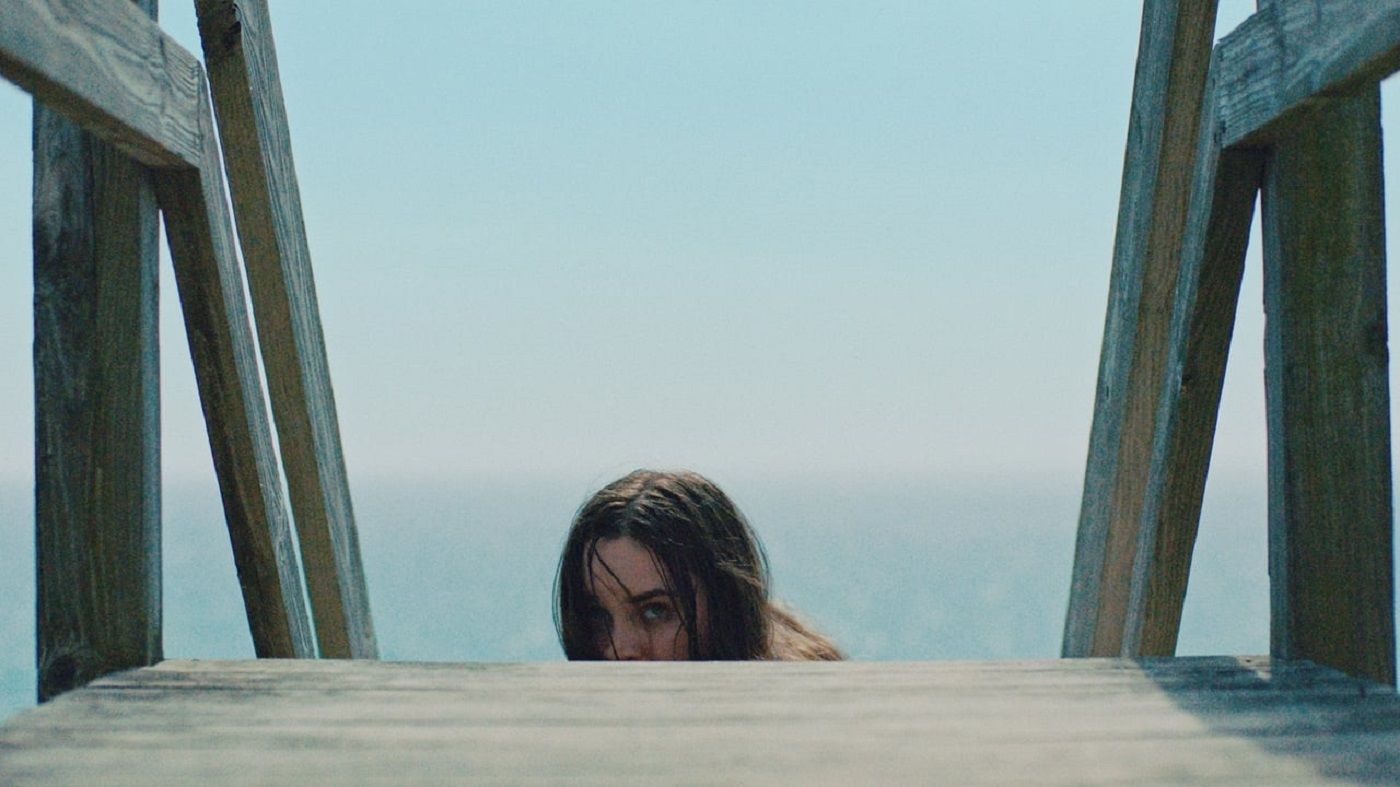
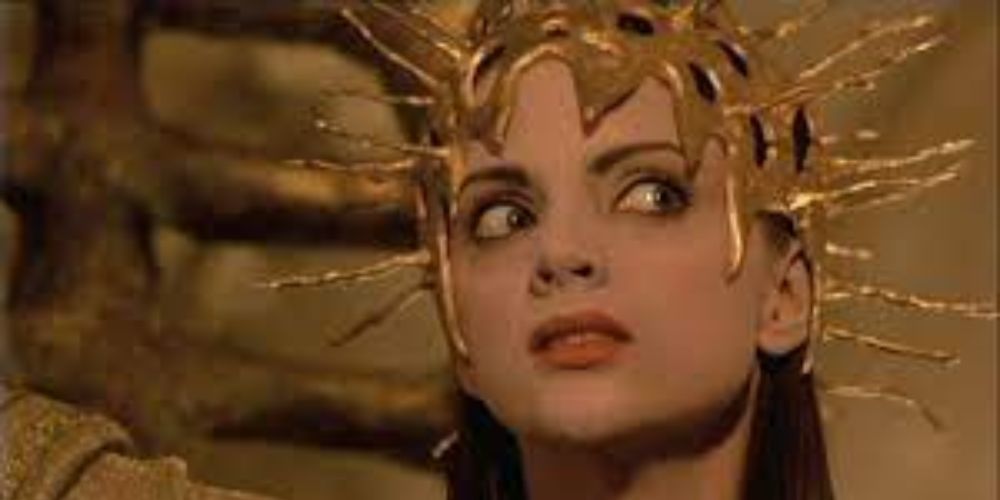
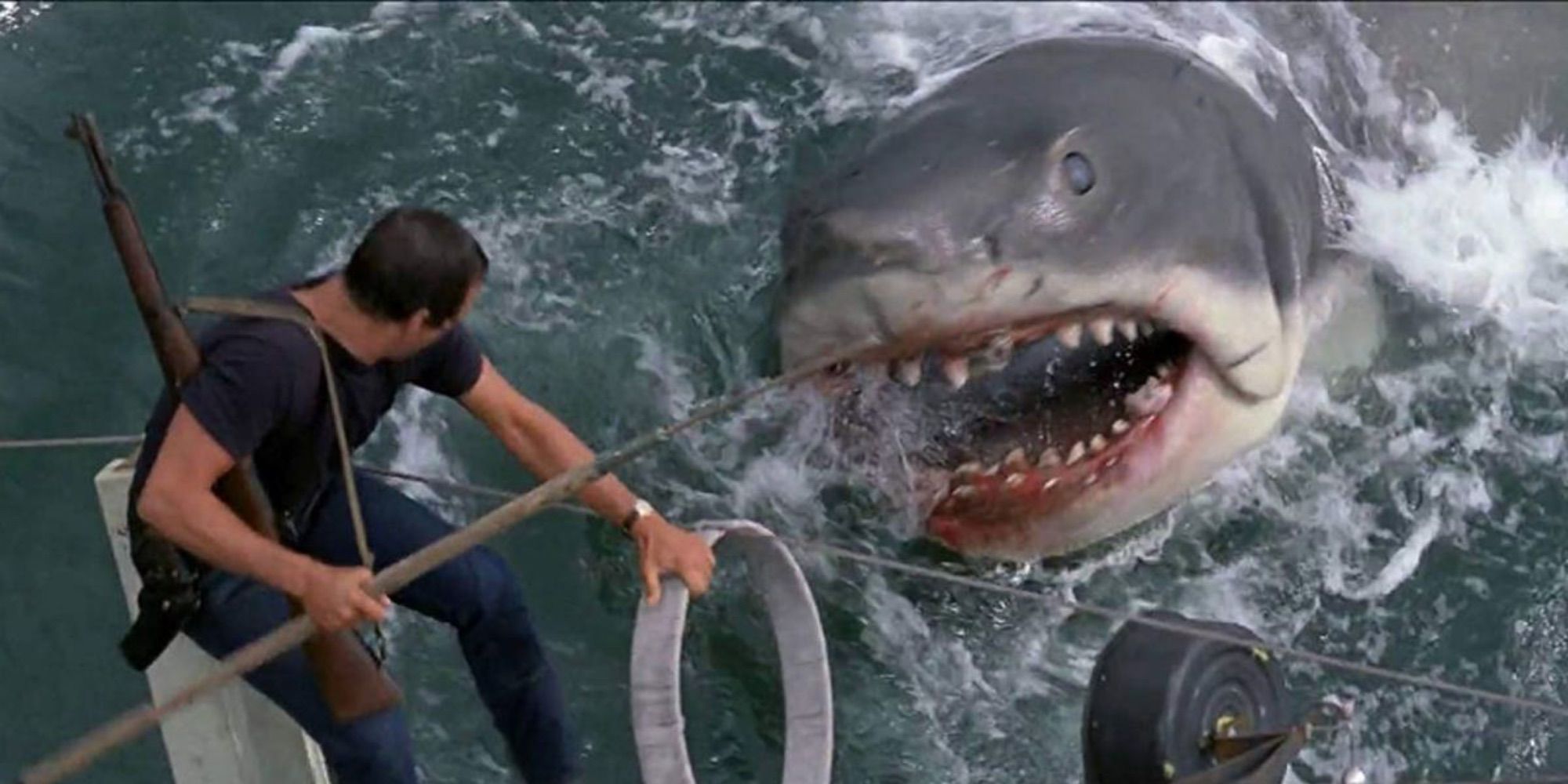

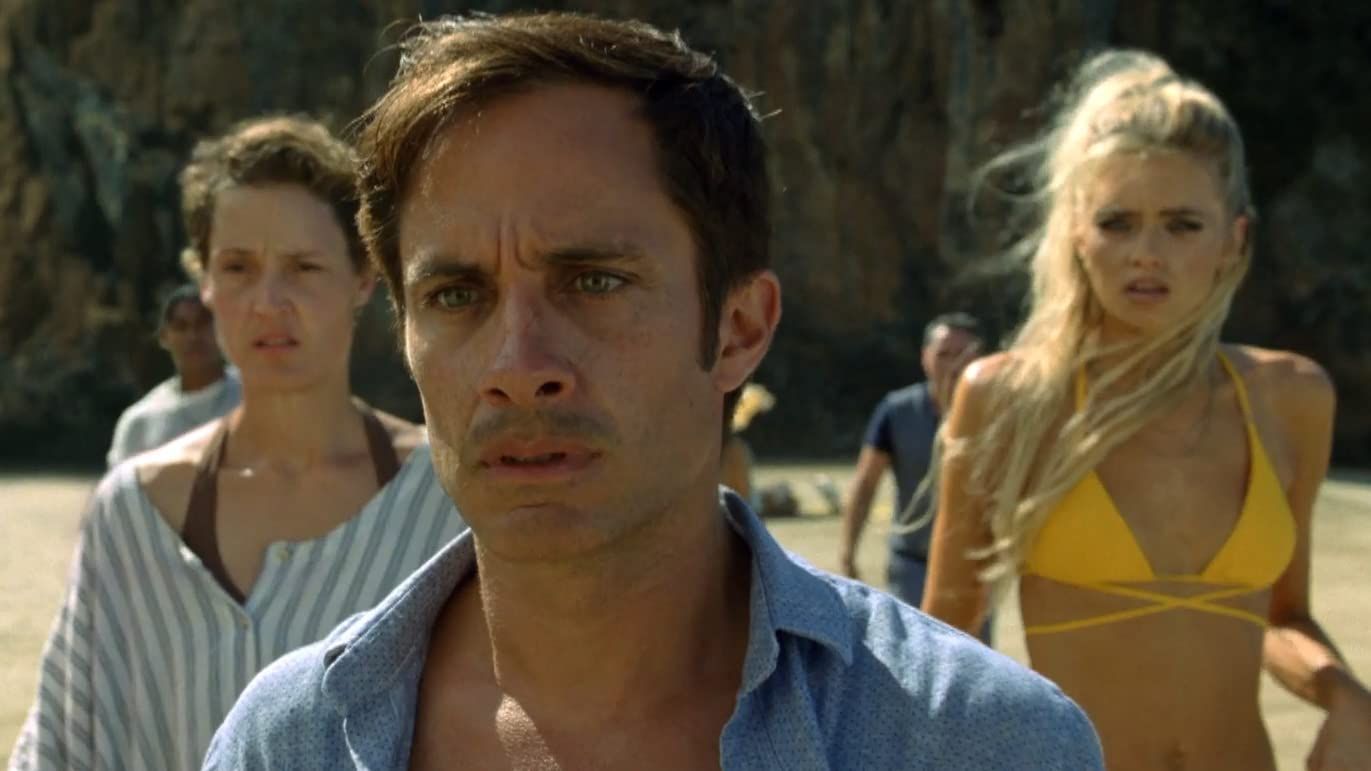
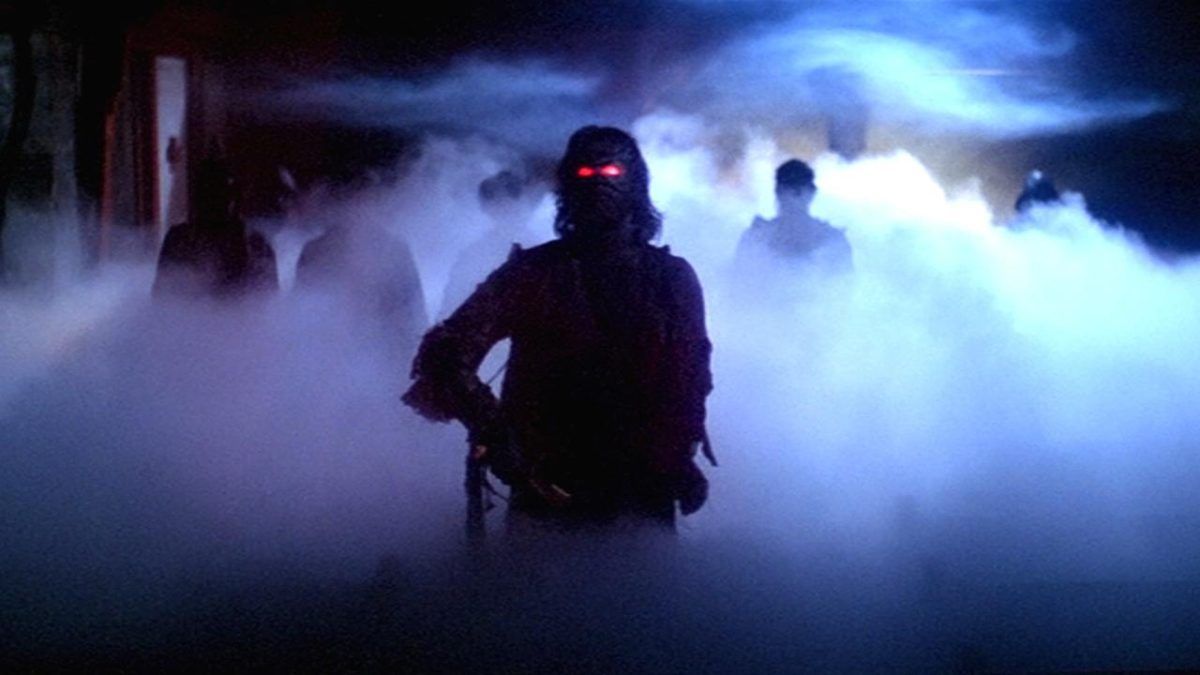
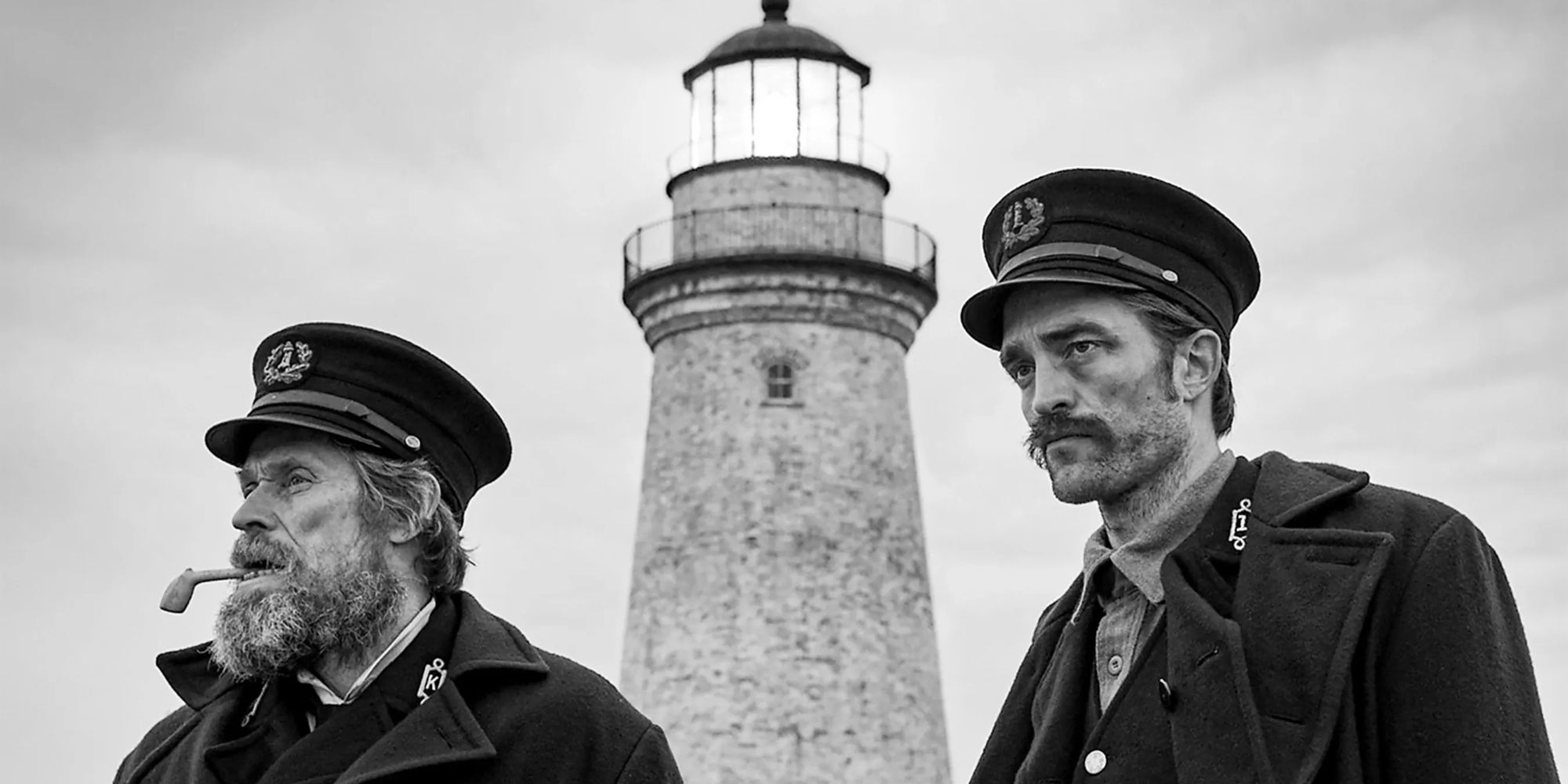
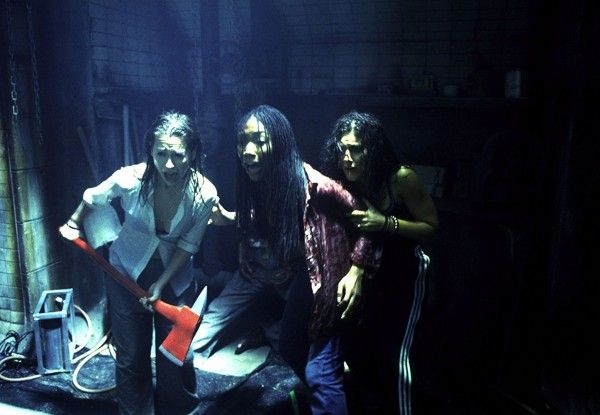
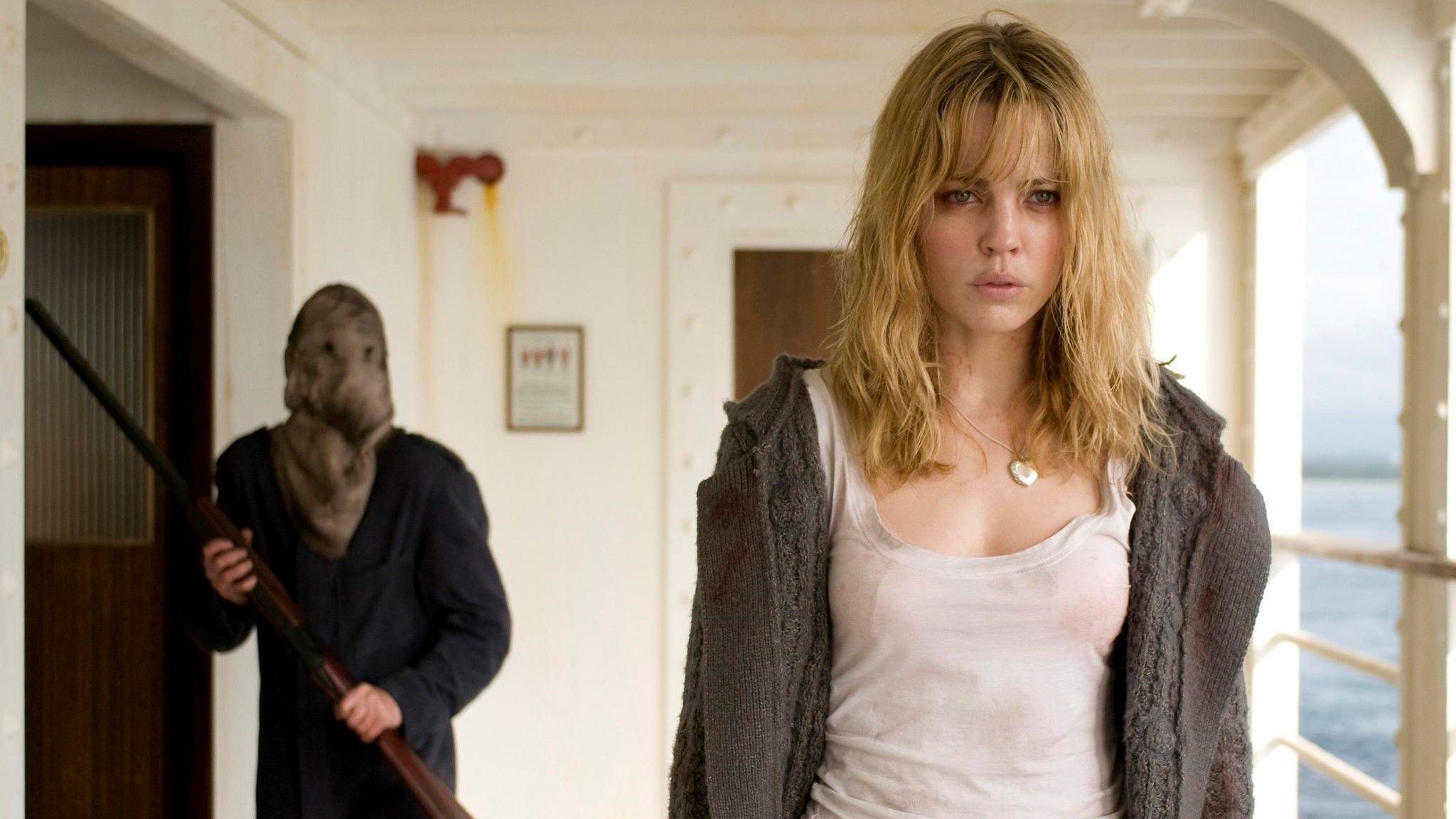
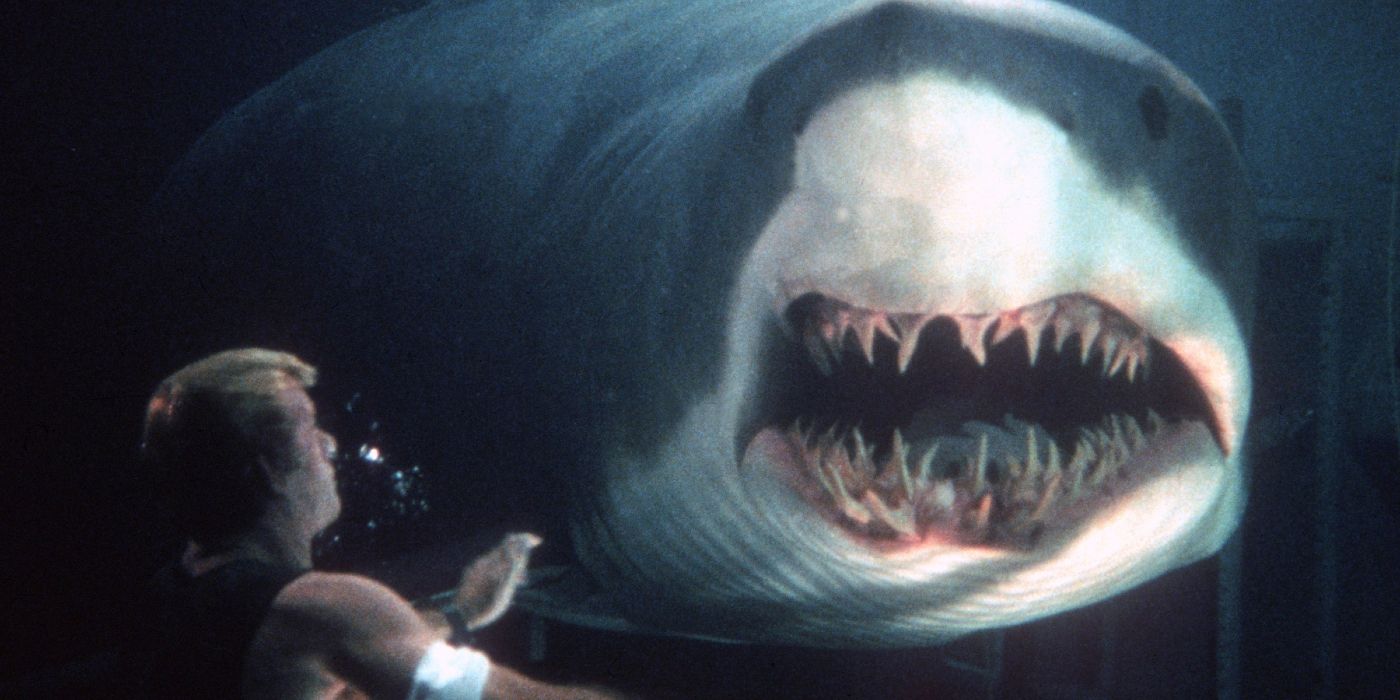









![LinkedIn Shares New Usage Insights for Pride Month [Infographic] LinkedIn Shares New Usage Insights for Pride Month [Infographic]](https://www.socialmediatoday.com/imgproxy/GQyHI7FSe_6NdoujnnFko26qOVc43hpyyEfO_tGL2-o/g:ce/rs:fill:770:364:0/bG9jYWw6Ly8vZGl2ZWltYWdlL2xpbmtlZGluX3ByaWRlX21vbnRoMi5wbmc.png)
